GEMS Offshore Pile Foundation Analysis - Product Overview
By GEMS • Apr 21, 2022
This video gives a product overview of
GEMS Offshore
Pile Foundation and its capabilities.
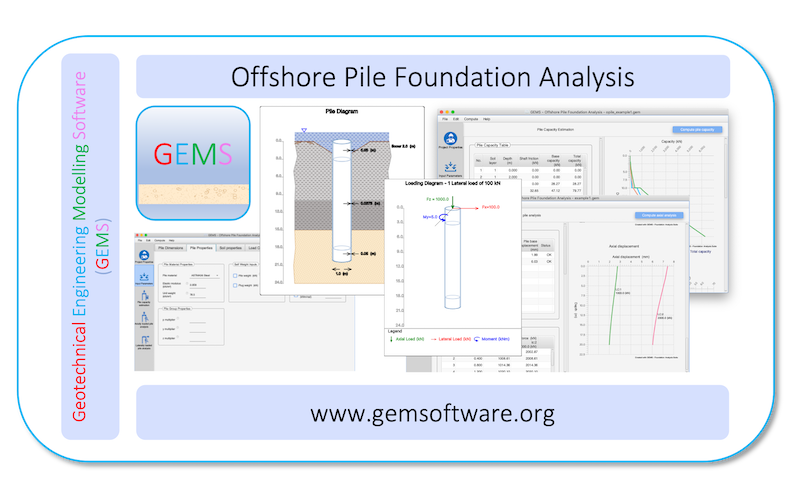
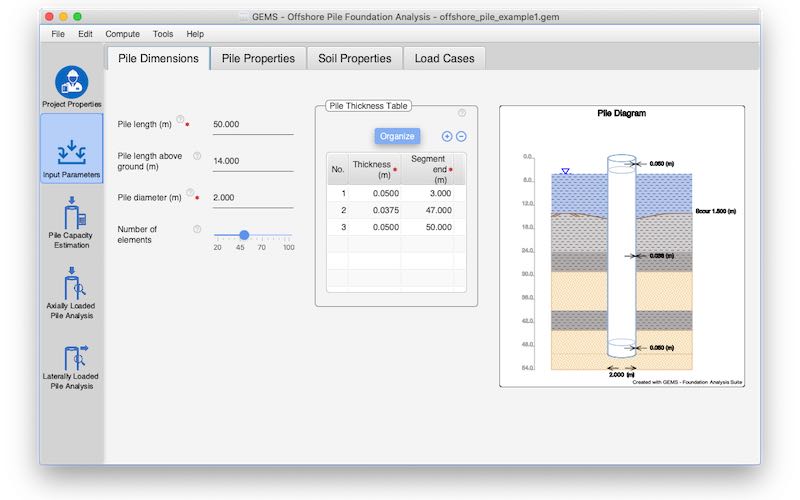
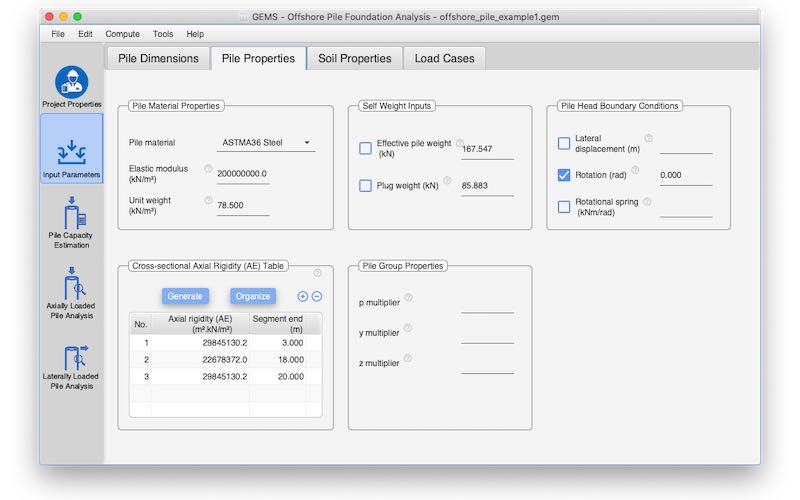

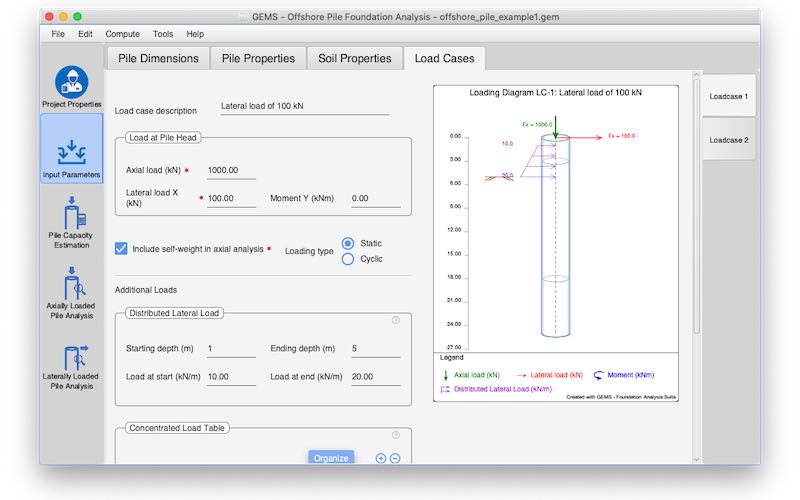
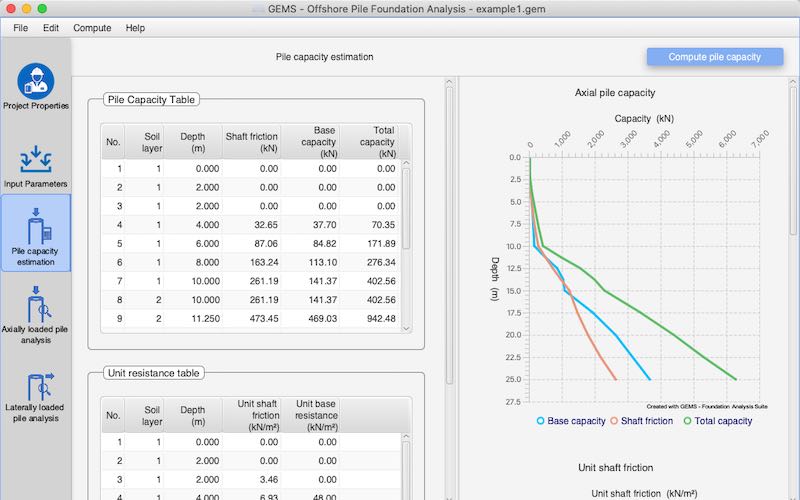

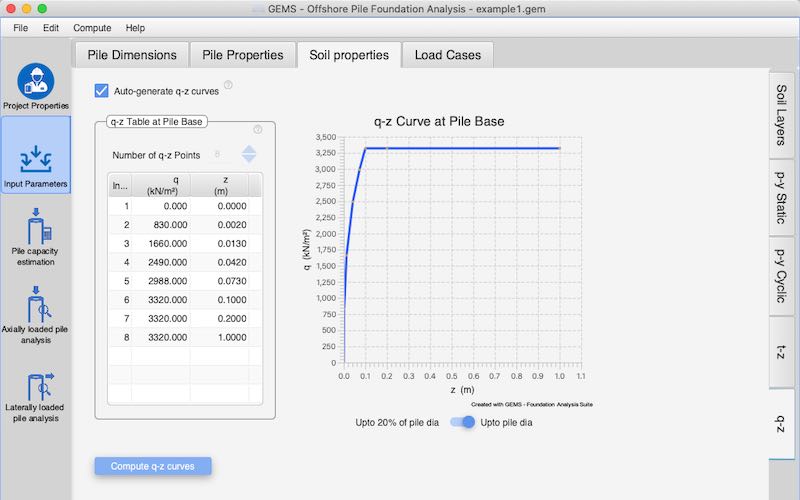
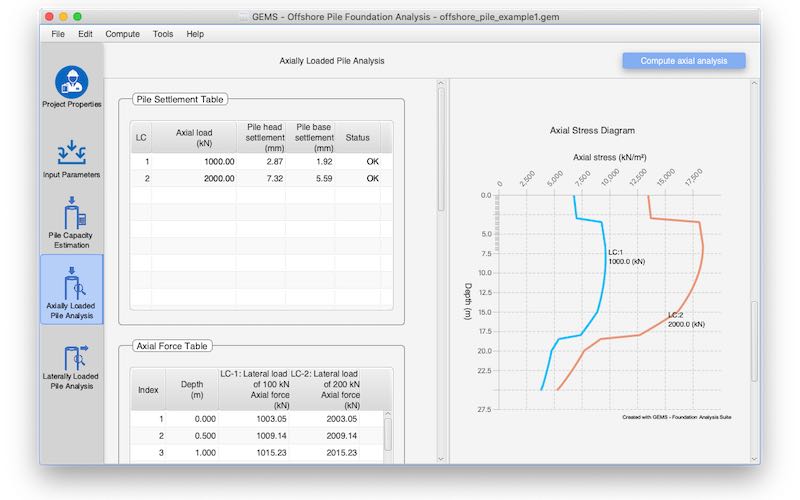
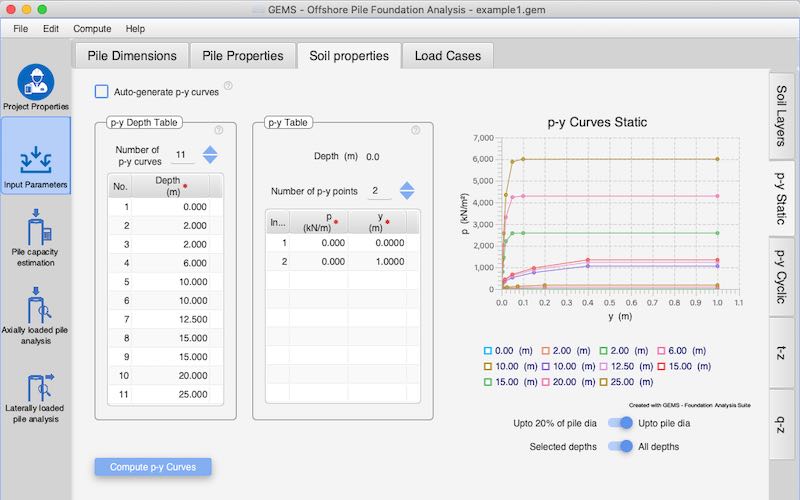
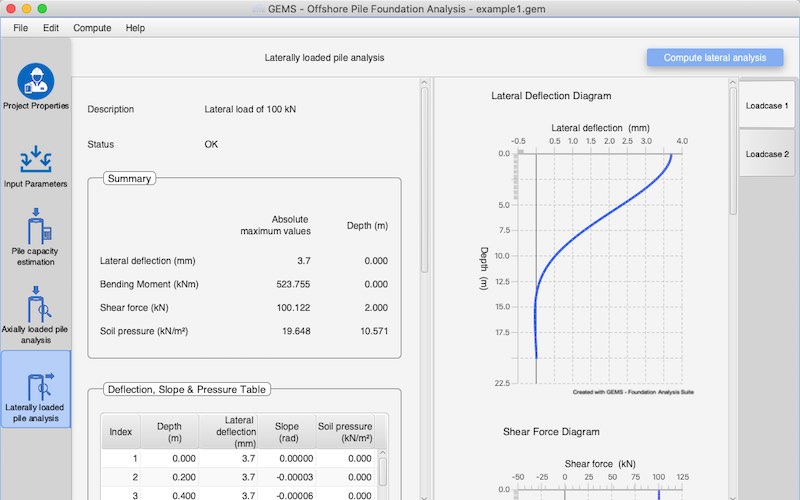
As offshore energy exploration continues to expand, the importance of safe and reliable pile foundations for offshore platforms cannot be overstated. From jacket-type platforms to other complex offshore structures, pile foundations must be designed to withstand a variety of forces and moments under operational and severe storm conditions while meeting stringent safety and serviceability requirements
At GEMS, we understand the unique challenges engineers face when designing offshore pile foundations, and we developed our 'Offshore Pile Foundation Analysis' software precisely for this purpose.
Our software includes powerful and easy-to-use modules that can be tailored to your specific needs:
With our software, you can quickly and confidently analyze your pile foundation designs and ensure that they meet strict safety and serviceability requirements. Our software’s intuitive interface and advanced modeling capabilities make it the perfect choice for engineers at any level of experience. Whether you're designing new offshore platforms or optimizing existing ones, our 'Offshore Pile Foundation Analysis' software is the key to success. Start using 'Offshore Pile Foundation Analysis' today and see the difference it can make for your offshore projects.
This video gives a product overview of
GEMS Offshore
Pile Foundation and its capabilities.
This video gives an overview of GEMS Offshore pile foundation software followed by a hands on session on pile capacity estimation.
This video gives a brief introduction to the GEMS Offshore pile foundation software followed by a hands on session on applying axial and lateral loads and performing axial load analysis and lateral load analysis of an offshore pile.
Indian Geotechnical Society (IGS) T.S.Nagaraj Memorial Lecture 2020 by our founder Prof. V.S.Chandrasekaran.
Topic - Laterally loaded piles and sheet piles - Numerical and Centrifuge Modelling
One click computation and analysis for all load cases and modules
Axial pile capacity estimation
Analysis of the pile foundation under lateral and axial loads
Generation of p-y, t-z and Q-z curves based on soil properties
User defined p-y, t-z and Q-z curves
Pictorial representation of the pile and soil layers
Graphical representation of loading diagrams for each load case
Data can be input in either SI units or ‘Commonly used American units’ (Kips for force and foot for length)
Multiple load cases
Multiple axial, lateral loads and lateral moments can be specified along the length of the pile at various depths (up to 20 including pile head) for each load case
Static and cyclic loadings can be incorporated for lateral analysis
Distributed lateral load (triangular, uniform, or trapezoidal) can be given
Self-weight of pile may be included if required
Pile thickness can be varied along the length of the pile
Facility of prescribing lateral displacement, rotation & rotational spring at the pile head
Local scour consideration
Clay, sand, rock layers can be specified
Vertical displacements and rotations could be prescribed if required.
Graded mesh for lateral pile analysis along the pile length for better accuracy
Consideration of group effect by user prescribed p-multiplier, y-multiplier & z-multiplier
Support of Windows, Mac
Available on cloud using a browser
Export results to Microsoft Word, Excel & PDF
Handy tool for resolving loads in axial and lateral direction
 Pile Capacity Estimation
Pile Capacity Estimation GEMS 'Offshore Pile Foundation Analysis' software includes a powerful module that allows you to quickly and accurately estimate the ultimate axial capacity of your pile foundation under compressive or tensile loads. The software breaks down the pile capacity to its contributing factors, including shaft friction and base capacity, at various depths of soil.
Our software incorporates different codes and practices for the calculation of pile capacity, including API-2000 RP or API-2011 RP-GEO for clay and sand layers with features to include user prescribed parameters. We use a distance of 3D to develop full base resistance in strong layers and adopt a safe distance of 3D from the pile tip to prevent punch-through of underlying weak layers.
For rock layers, our software adopts an approach based on unconfined strength to estimate pile capacity.
 Axially Loaded Pile Analysis
Axially Loaded Pile Analysis This is a powerful module specifically designed to analyze the behavior of pile foundations under axial compressive and tensile loads. Our software offers two independent sub-modules to handle this task:
Generation of t-z and Q-z curves
This sub-module is designed to create a comprehensive set of t-z curves along the pile's shaft length and a Q-z curve at the pile base for compressive loading. Our software generates multiple t-z curves for each soil layer based on industry-standard practices such as 'API-2000 RP' or 'API-2011 RP-GEO' for clay and sand layers. We also account for the remoulded strength reduction factor R beyond post-peak adhesion in clay layers.
Axial pile deformation analysis
The interaction between the pile and soil is modeled using finite element methods, where the pile is treated as an elastic structural member with variable axial rigidity, and soil support along the pile shaft is provided by a set of t-z springs. The base support is provided by a Q-z spring, and both t-z and Q-z springs are represented by curves that capture the non-linear nature of soil support. Our software offers the flexibility to use either user-defined t-z and Q-z data or curves generated by the software based on soil properties. The analysis employs an iterative approach to achieve convergence.

Modeling of soil support using t-z and q-z springs
The following loading may be given and used for the analysis
(a) Axial loads at various depths along the length of the pile (up to 20 including load at pile head).
(b) Self-weight of the pile
The analysis provides settlement of the pile head under a given load on the pile, variation of axial load, axial stresses along the pile length, and the load carried by the pile base. Different loads applied on the pile head and the corresponding head settlements provide the load settlement curve.
With our Axially Loaded Pile Analysis module, you can optimize your pile designs and ensure their structural integrity under axial compressive and tensile loads. Our software's sophisticated finite element modeling methods, coupled with an intuitive interface, make it an excellent choice for engineers at any level of experience.
 Laterally
Loaded Pile Analysis
Laterally
Loaded Pile Analysis Our offshore pile foundation software offers two independent sub-modules for lateral pile analysis:
Generation of p-y curves.
Our software generates p-y curves for soil layers based on their properties. Multiple p-y curves are generated for each layer using API-2011 RP-Geo for clay and sand. For stiff clay, the procedure outlined in 'L.C. Reese and W.R. Cox (1975)' can also be adopted.
Lateral pile deflection analysis.
Our software conducts an analysis of a pile subjected to lateral load and moment using a finite element-based approach to model both the pile and the soil support. The pile is modeled as an elastic member divided in to a number of bending elements. The soil support stiffness and strength is modeled by a series of non-linear discrete springs distributed continuously along the pile length based on the p-y curves.
The following loading may be given and used for the analysis
(a) Lateral loads, lateral moments, and axial loads can be specified along the length of the pile at various depths (up to 20 including pile head) for each load case. The axial load applied at the pile head will be considered for taking the beam-column effect into account.
(b) Distributed lateral load for a section along the pile length. Loading can be triangular, uniform, or trapezoidal.
Modeling of soil support using p-y springs
The following boundary conditions may be given at the pile head
(a) Prescribed lateral displacementThe method can consider the effect of axial loading at the pile head due to beam column action in lateral pile analysis. The pile head can project above the ground.
Data on the p-y curves may be specified by the user or data generated in the module based on the soil properties could be used.
The finite element discretization not only takes in to account the specified pile make-up but is also optimized for better accuracy by adopting a graded mesh along the pile length. An iterative procedure based on secant modulus approach is used for convergence.
In summary, the Offshore Pile Foundation software provides comprehensive and accurate analysis for designing and optimizing offshore pile foundations. With its various modules for pile capacity estimation, axially loaded pile analysis, and laterally loaded pile analysis, the software enables engineers and designers to evaluate the behavior of piles under various loading conditions and soil conditions. By generating and analyzing important soil parameters such as t-z, Q-z, and p-y curves, the software helps optimize the design of offshore pile foundations for maximum efficiency and safety. Whether for oil platforms, or other offshore structures, the Offshore Pile Foundation software is an essential tool for any offshore engineering project.
Copyright © All Rights Reserved